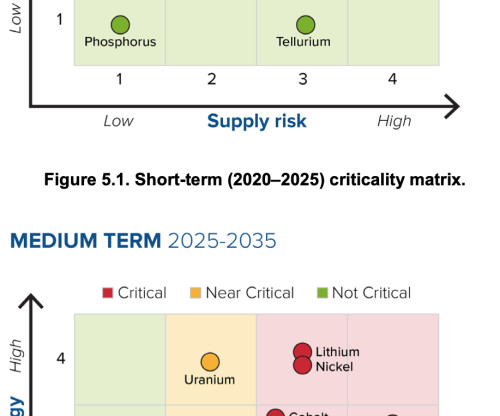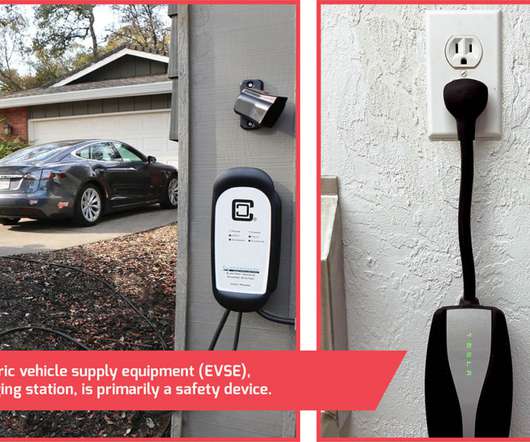US DOE releases 2023 Critical Materials Assessment to evaluate supply chain security for clean energy technologies
Green Car Congress
AUGUST 1, 2023
The final list includes aluminum, cobalt, copper, dysprosium, electrical steel (grain-oriented steel, non-grain-oriented steel, and amorphous steel), fluorine, gallium, iridium, lithium, magnesium, natural graphite, neodymium, nickel, platinum, praseodymium, terbium, silicon, and silicon carbide.





















Let's personalize your content